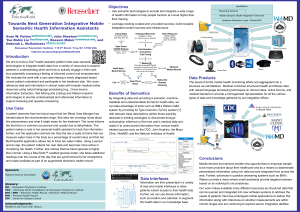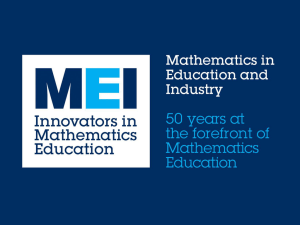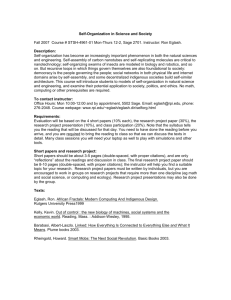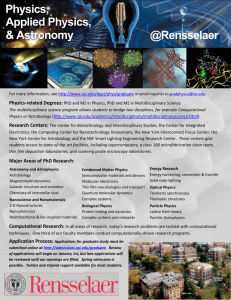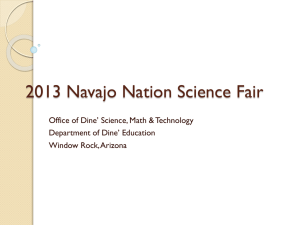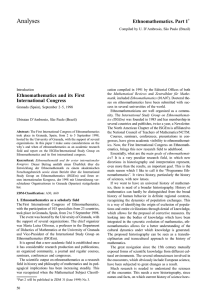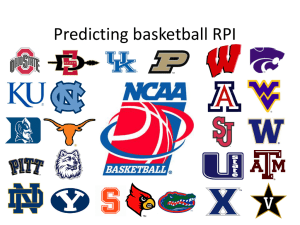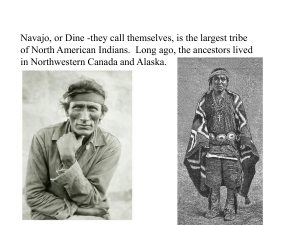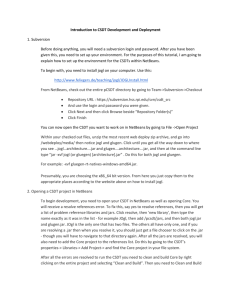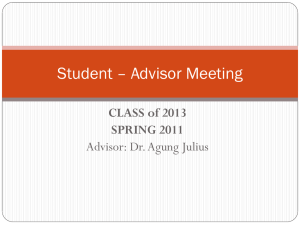from ethnomath to ethnocomp
advertisement
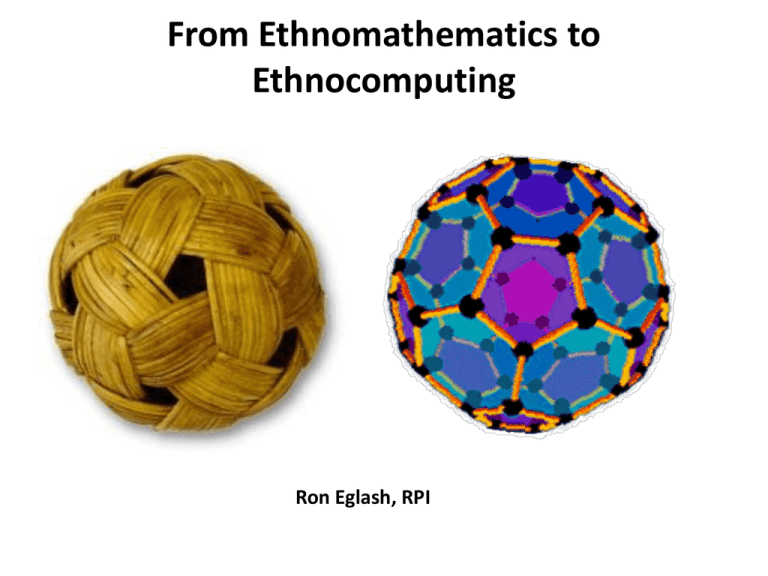
From Ethnomathematics to Ethnocomputing Ron Eglash, RPI 7 Advantages of Ethnomathematics • Defeating myths of genetic determinism (“race limits intelligence”) • Defeating myths of cultural determinism (if you do well in math you are “acting white”) • Using math to bridge cultural gaps (eg connecting African Americans to Africa) • Making cultural capital more available to its owners for new purposes (new forms of hybrid identity, conversion to other forms of capital, etc.). • Peace and social justice efforts. • Environmental sustainability efforts • Contributions to mathematics, and inspiration for similar endeavors in other disciplines 7 Challenges of Ethnomathematics 1. Not all mathematical modeling of culture is ethnomath. • The more evidence that a model provides the emic view (not etic), the better case for ethnomath. • Evidence includes: – Explanatory narratives by informants – Variant use of a specific “design theme” (not rote memorization) – Correlations across different domains (eg linguistic etc.) Challenges of Ethnomathematics 2. Professional, academic math is just as “cultural” as any other type. • If ethnomath cannot show the cultural aspects of professional math, it has failed its mission. – Examples include Mandelbrot’s critique of the exclusion of illustrations, Forman’s study of arly quantum physics in Germany, Bloor’s study of the history of Euler’s formula for polyhedra, etc. Challenges of Ethnomathematics 3. “Ownership” issues with cultural images and practices must be negotiated with legitimate cultural representatives. 4. The “Bantu Education” problem: how to avoid ghettoizing students? How to show sophisticated, world-class mathematics, spread ethnomath to dominant groups, use multicultural rather than monocultural approach? 5. Authenticity: how to support identity hybridity and innovation rather than reify or freeze ethnic identity. Challenges of Ethnomathematics 6. The end of ethnomath “innocence”– how to encourage recognition of the politics of race in science/technology, the distinctions of indigenous, vernacular, and state societies, “copping to” our own race, class and gender positions, etc. 7. Using ethnomath to replace rote learning with discovery learning and inquiry learning: to support student agency in their creative development of their own projects, skills and identity. From consumers to producers. Culturally Situated Design Tools • www.csdt.rpi.edu – main site Results and On-going research African Fractals with Andrew Woodbridge (Grover Cleveland High School NYC) •10th grade computer science class, two sections. •About 75% minority, over 50% female. •Control class has 6 days on fractal instruction websites with java applets. •Intervention class has 6 days on the African fractals website. •Post-test shows higher scores in intervention group; •statistically significant at .001 level 1. Attitudes towards careers in information technology: Baseline data was generated by 175 randomly selected eighth grade students from low-income families. We found statistically significant (p<.05) higher aspirations for careers in IT in minority students exposed to CSDTs in comparison to our baseline data. A similar intervention with 90% white students did not show a statistically significant difference from the baseline data. • 2. Quasi-experimental evaluation in mathematics class: Torch middle school in California, compared the performance of two pre-algebra classes, one with the Virtual Bead Loom, and one without. Found statistically significant higher scores (p < .05) in the class using the VBL. The study was subsequently accepted for a master’s thesis. On-going Research Bill and Melinda Gates STEM initiative in Cleveland Ohio Grade 9-10 teachers from 2 schools in Ohio came to RPI for training for project-based learning; CSDTs one of several technologies presented. Math and music teacher wanted to work together on Polynomials We proposed new CSDT: Synthesizer tool —cultural focus on electronic music (Moog, Jimi Hendrix, etc.). — math focus on Visualization and “audio-zation” of polynomials Synthesizer Tool http://www.cs.rpi.edu/%7Elaut/MP/pcsdt.html Hit “run” Dine college, Navajo Nation Designs from a workshop with Navajo high school students. We used this opportunity to build better relations with the educators and get feedback on the software. Everyone seems to agree that adding non-traditional colors was culturally acceptable so we did that. Dine college, Navajo Nation When asked about this particular angle (about 36 degrees), weaver said it is create by an “up one over one” pattern (up one weft over one warp). But she said she could do lots of other patterns (up one over 2, over 3, etc.). Why is this one used so commonly? She explained that other angles gave a more jagged edge. In other words they were concerned about the aliasing problem, a common feature in early computer graphics (and still a concern in certain situations such as bitmaps). Do some rugs show anti-aliasing techniques? This implies a whole new realm of research in which children could be involved. programable CSDTs (pCSDTs) Eventually we hope to have all CSDTs in this scratch-like programable interface. Some progress was made this summer but it will not launch until December. CSDTs community site A prototype for the site is now up and running at http://community.csdt.rpi.edu/ Here is a prototype logo for the community site:
